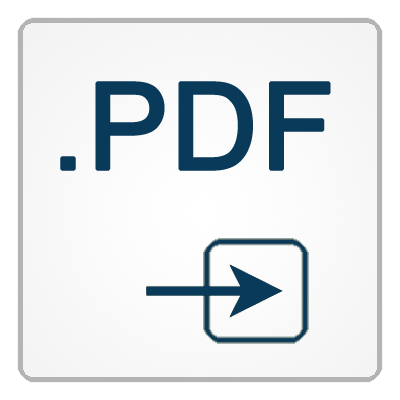Articulatory Copy Synthesis using Long-Short Term Memory Networks
Authors: Yingming Gao, Peter Steiner, Peter Birkholz
Abstract:
Investigating speech imitation, in particular articulatory copy synthesis, benefits the understanding of speech production and can improve speech recognition and synthesis. We proposed a framework for copy synthesis with an artificial neural network (LSTM regression model) and an articulatory speech synthesizer (VocalTractLab), which were responsible for the acoustic-to-articulatory mapping and the inversion, respectively. We used rule-based method to create gestural scores from texts, which were converted to articulatory trajectories and subsequently simulated to produce the corresponding acoustic signals. To make the subsequent mapping more robust, we expanded the acoustic and articulatory space by manipulating speaking effort, voice quality, pitch level, and vocal tract length of the created gestural scores or acoustic signals, producing 81 variants for each utterance. With acoustic features as input and articulatory trajectories as output, we trained the LSTM models to build the acoustic-to-articulatory inversion. For testing, we estimated the articulatory trajectories from acoustic features, thus obtaining the underlying articulatory process. The experiments showed that the correlation coefficients (between estimated articulatory trajectories from acoustic features and the real ones converted from gestural scores) ranged from 0.18 to 0.973 and the root mean square error (RMSE) ranged from 0.043 to 0.255 for the concerned 30 articulatory parameters of VocalTractLab. The estimated articulatory parameters were further fed into VocalTractLab, whose output speech achieved a word recognition accuracy of 17.24%.


